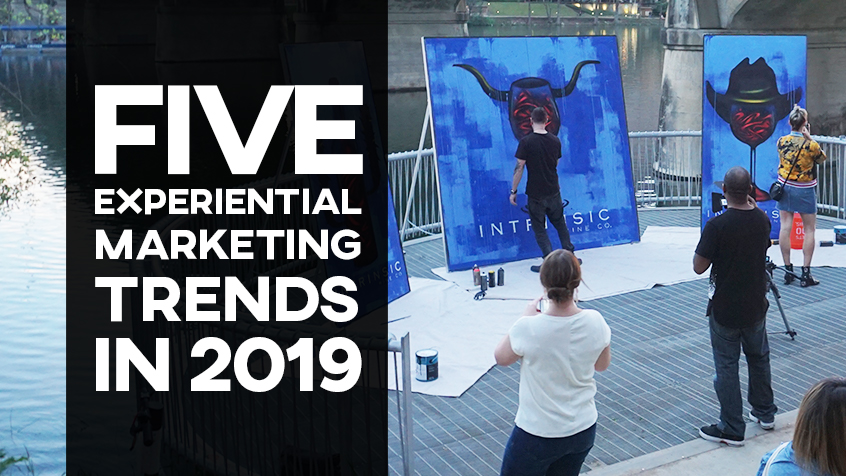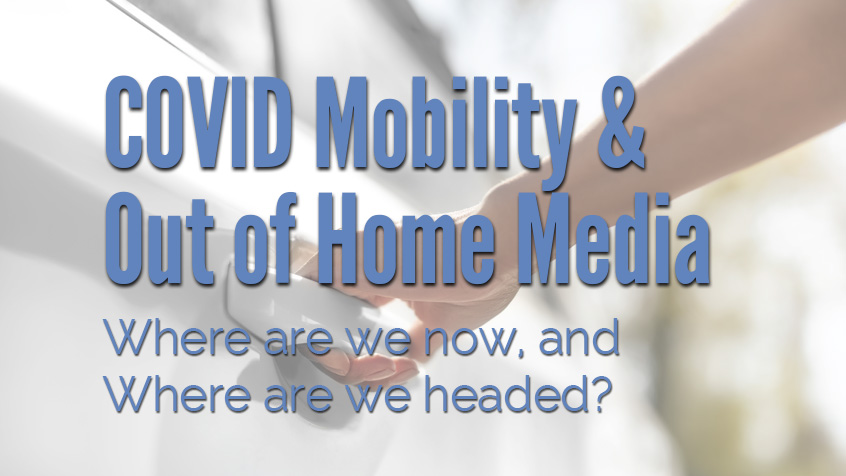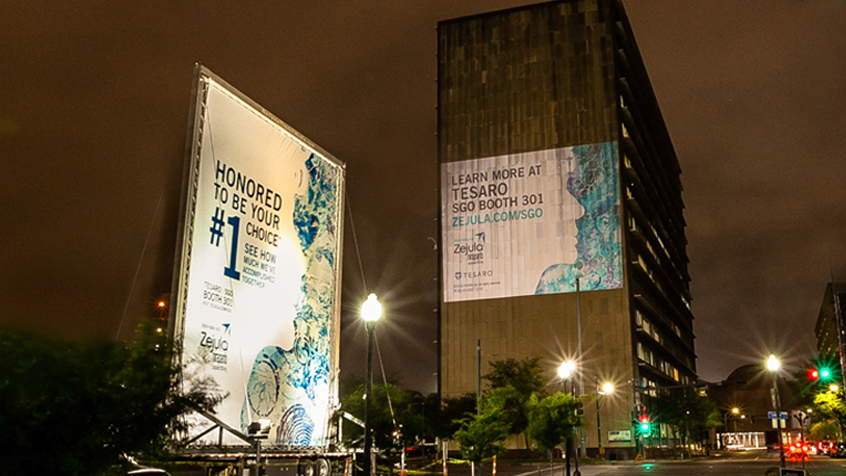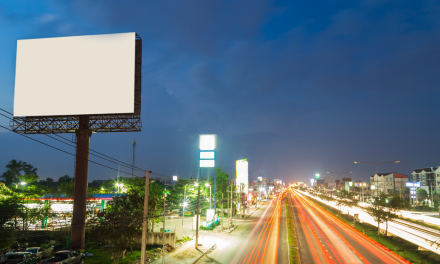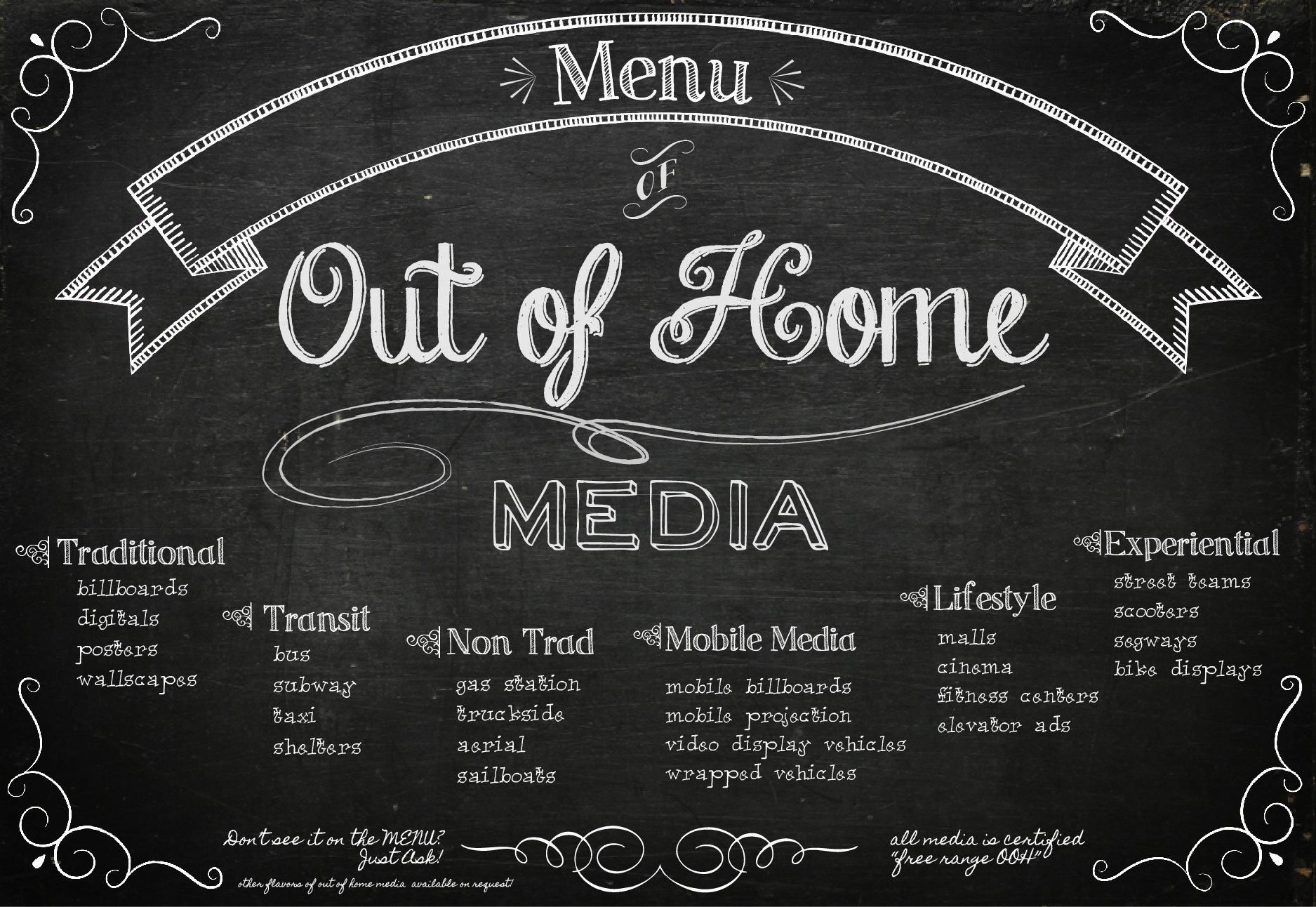Over the last couple of years, we’ve started to see an increase in experiential marketing as a part of the marketing mix. What was once considered to be merely a disruptive tactic has grown in popularity. Brands across industries are realizing the value that positive personal touch points with consumers can bring. Creating participatory experiences outpaces passive promotional messages in generating interest and increases the ability to track engagement and data from consumer interactions.
As experiential marketing becomes more prevalent, we see brands taking new approaches in developing their own currency in the experience economy. Let’s look at some of the trends that are shaping experiential marketing in 2019. Before we dive in, let’s better understand how brands are currently using experiential marketing.
Here’s what we know about Experiential?
As other ad channels splinter, and as consumers are becoming increasingly aware of their ability to simply block or otherwise avoid promoted content, experiential is emerging as an undeniable solution for brand awareness, marketing and engagement.
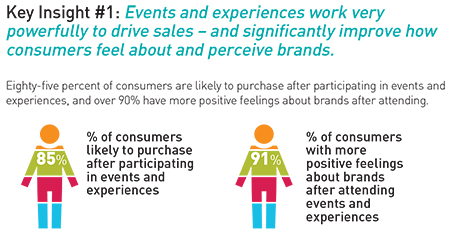
EventTrack, 2018
The most recent EventTrack report showed that 91% of consumers who attend a branded experience view the brand more positively, and 85% are more likely to purchase a product or service. Nearly just as many say that even a friend’s post about a branded experience increases the likelihood to purchase.
We know that brands get value from experiential and continue to use it, but there are still too few brands fully embracing it:
- 79% of brands say they will execute more event and experiential programs this year compared to last year. – (EMI & Mosaic)
- Only 31.6% of event organizers use technology regularly to encourage engagement at events. (Event MB)
- Only 35% of brands always capture or create social media content related to their experiential marketing activations. (EventTrack)
As 2019 rolls on, we expect to see more brands using experiential, as well as brands optimizing their activations. Making the most of experiential marketing requires purpose, authenticity, and relevance. To that end…
Here are five important trends we’re seeing in experiential marketing:
1) Immersive Brand Pop-Ups
Don’t wait for your audience to come to you. Instead, bring your brand to them. Immersive pop-ups have the potential to build a thoughtful connection between brands and events that integrate your audience’s various passions and interests.
Often, these pop-ups involve some cooperation between two or more brands looking to reach the same audience for different reasons. As a result, they tend to make typically singular experiences more immersive and integrated—more effective—because they:
- Engage multiple senses for a more complete experience.
- Integrate with social media to allow for common sharing moments via selfies or live-streams.
- Deliver unexpected, yet still relevant experiences.
- Show up in the right locations to connect directly to the experience.
Consider Restoration Hardware’s decision to open a hotel in New York City, certainly not a common choice for a retailer in this industry. Another example is YSL, the beauty retailer who opened a ‘gas station’ for this year’s Coachella audience to relax and refresh.
The affection you build for your brand among your audience can go far beyond the immediate experience, and the right pop-up experience will be difficult to forget.
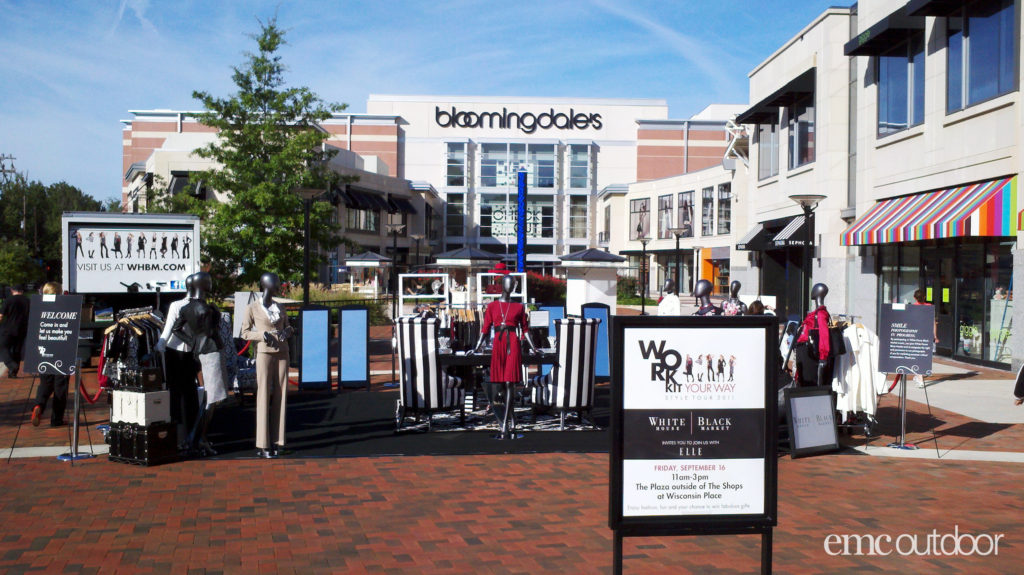
White House Black Market pop-up shop activated by EMC Outdoor.
2) Interactive Video
When it comes to media, video almost always wins. It’s no surprise, then, that the future of experiential marketing will focus heavily on this concept, as well.
Yes, static videos simply highlighting your brand can still succeed. Live streams are becoming an authority form of communication. At the same time, we’re moving beyond that concept into a more interactive format. Allow your audience to interact with and even influence your videos, and you could see significant benefits over time.
At its most basic, interactive video includes opportunity (usually, through clicks) for your audience to determine next steps at their direction. As a result, they feel more directly involved in the message. That’s probably why audiences spend almost 50% more time watching interactive videos than they do static alternatives.
The best part about this alternative: it’s inherently trackable. You can measure exactly what your audience likes to interact with. You allow your users to drive the content, and empower them to engage as they want, all while learning more about their interests and passions.
From a video ‘quiz’ to an actual game based on interactive video, the possibilities range widely. Now is the time to embrace those possibilities.
3) Event Software and Apps
Integration of event and digital/technology-based efforts is key. New technology is making both events and audience behaviors more trackable, allowing for actionable insights into both that lead to significant improvements over time.
The most popular event-related apps used by brands today are photobooths (45%), event apps (44%), and live interaction technology (44%), which all provide a valuable immersive experience for the consumer, and capture data from participants. Branded apps especially allow you to interact with your audience more deeply, combining functional information like agendas with more branded, promotional content. They stay relevant before, during, and even after the event.
Event marketers are starting to utilize behind-the-scenes tools, from audience building software used to identify which audiences to reach based on consumer and lookalike profile data, to facial recognition and foot traffic monitoring technology. All of these offer marketers new capabilities that help define what campaigns or specific components are most successful.
More than 90% of marketers say that adopting mobile engagement for their events has provided positive ROI. It’s not difficult to see why. Streamlined data allows you to gain insights, and even build specific tactics like lookalike audiences to reach new markets.
4) Experiential Social Media
Yes, you probably already know about the importance of social media for any comprehensive marketing strategy today. It’s where your audience spends their time, and where you can reach them in a natural, non-forced environment.
Social media is becoming more immersive and experiential as it’s tied into brand activations. Consider its direct connections to the event-technology integration mentioned above. Through social media, you can generate interest before, during, and after the event through a variety of tactics:
- Encourage your audience to share their pics and thoughts using event-specific hashtags.
- Drive back to the social conversation about the event after it is over.
- Capture live and authentic experiences and testimonials on site to share on social.
- Live-stream your events on social platforms to engage consumers who aren’t there in-person.
Social media, in this arena, moves from a static platform designed to share information with your audience to a digital equivalent of the real-life event. That encourages engagement, while also driving towards more comprehensive brand experiences.
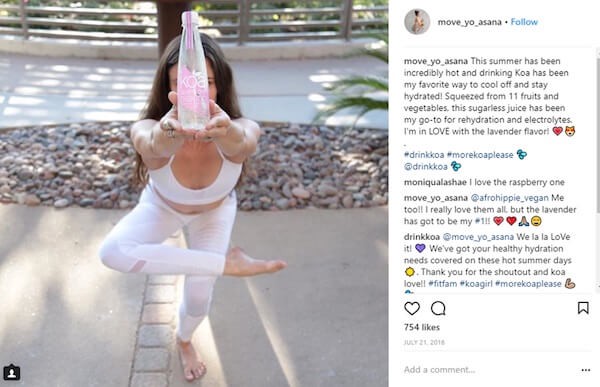
5) Embracing Influencer Marketing
Only a year ago, marketing influencers seemed like an easy answer to the brand authenticity question. Simply find a person with significant sway over your audience, and convince them to speak on behalf of your brand using their own voice and channels.
That form of influencer marketing is dying out. It’s becoming less authentic, and more difficult to pull off. We’re all familiar with the disaster that was the Fyre Festival, and it becomes clear why these macro-influencers are becoming less trustworthy. They don’t really have a stake in your product or brand or audience.
Instead, brands are beginning to take a micro-level approach to the concept. Rather than going for immense reach with few influencers, they target specific individuals who are trusted by small groups within a specific market and audience segment. This approach costs less, allows for more specific targeting, and builds significant credibility.
We are seeing significantly higher conversion rates from audiences targeted by these micro-influencers. That makes intuitive sense. Leverage their power to drive brand awareness and interest for your individual events and experiences.
Here’s what’s next for EXP?
Given experiential marketing’s immense popularity among audiences and its effectiveness, it’s no surprise that we continue to see it rise in popularity among marketers, advertisers and brand managers. It’s no longer a hypothetical concept, but a response to making sure brands and audiences have an opportunity to connect around a shared message.
That leads to a natural question: what’s next in this complex field? The above trends are a snapshot in the moment, but each of them have the potential for significant staying power. The more you can integrate technology in making sure your audiences experience your brand on a personal level, the higher your potential for success.
Need an experiential strategy designed for your brand–let us know how we can help!

